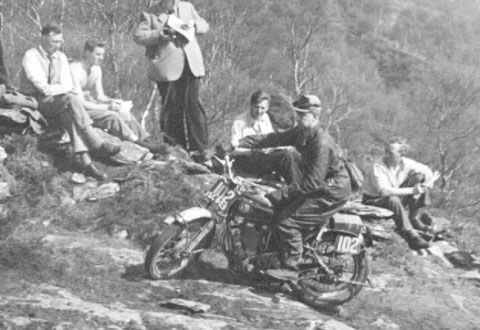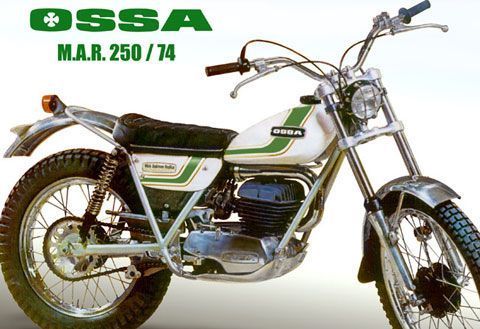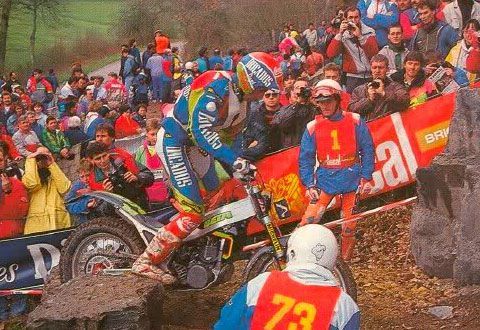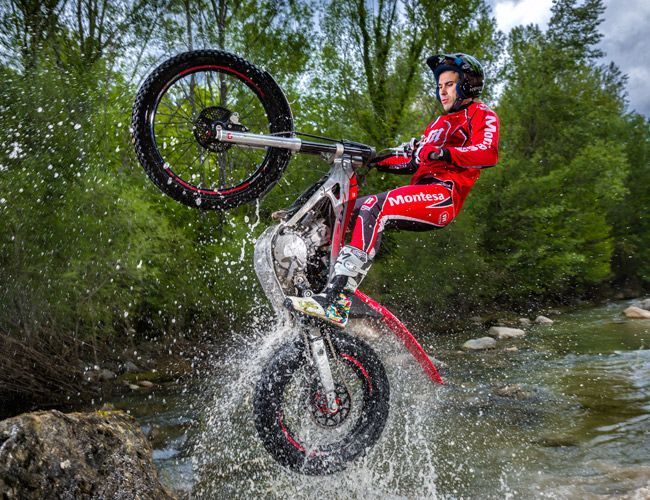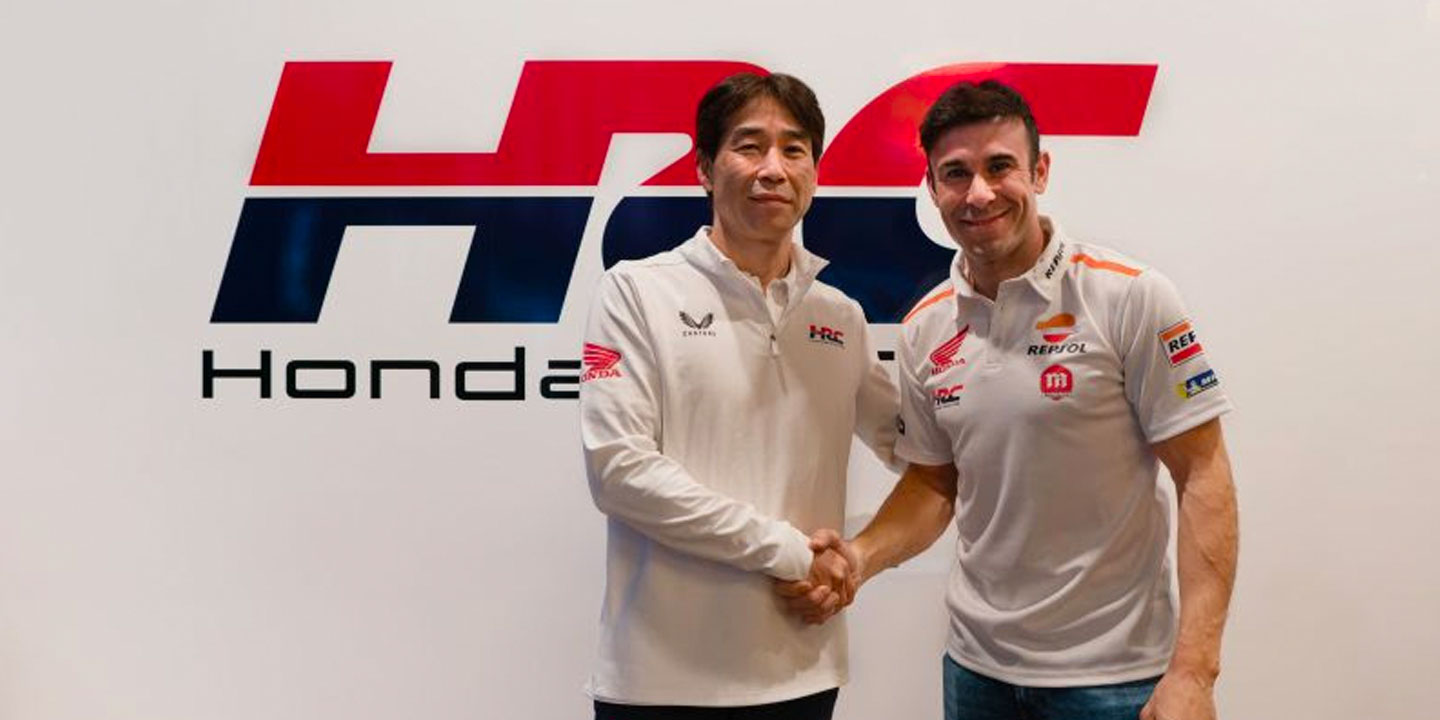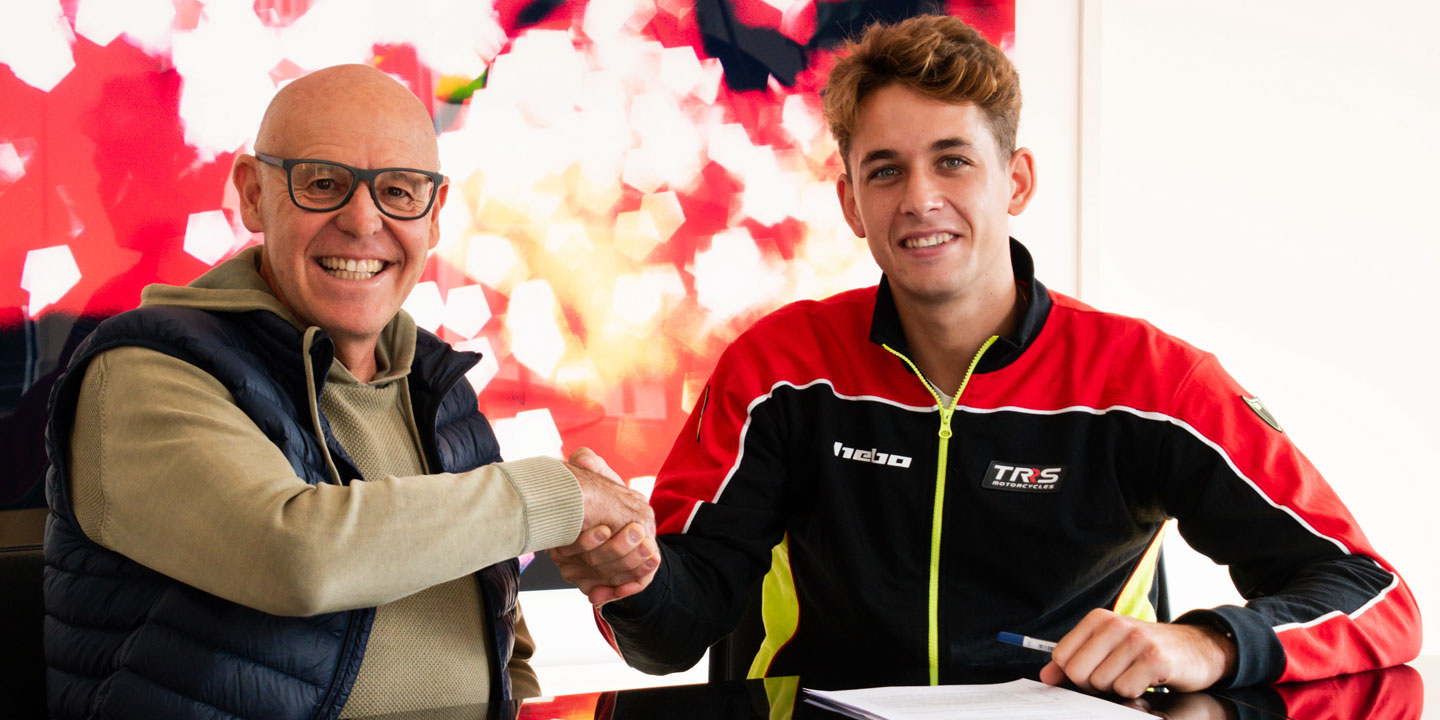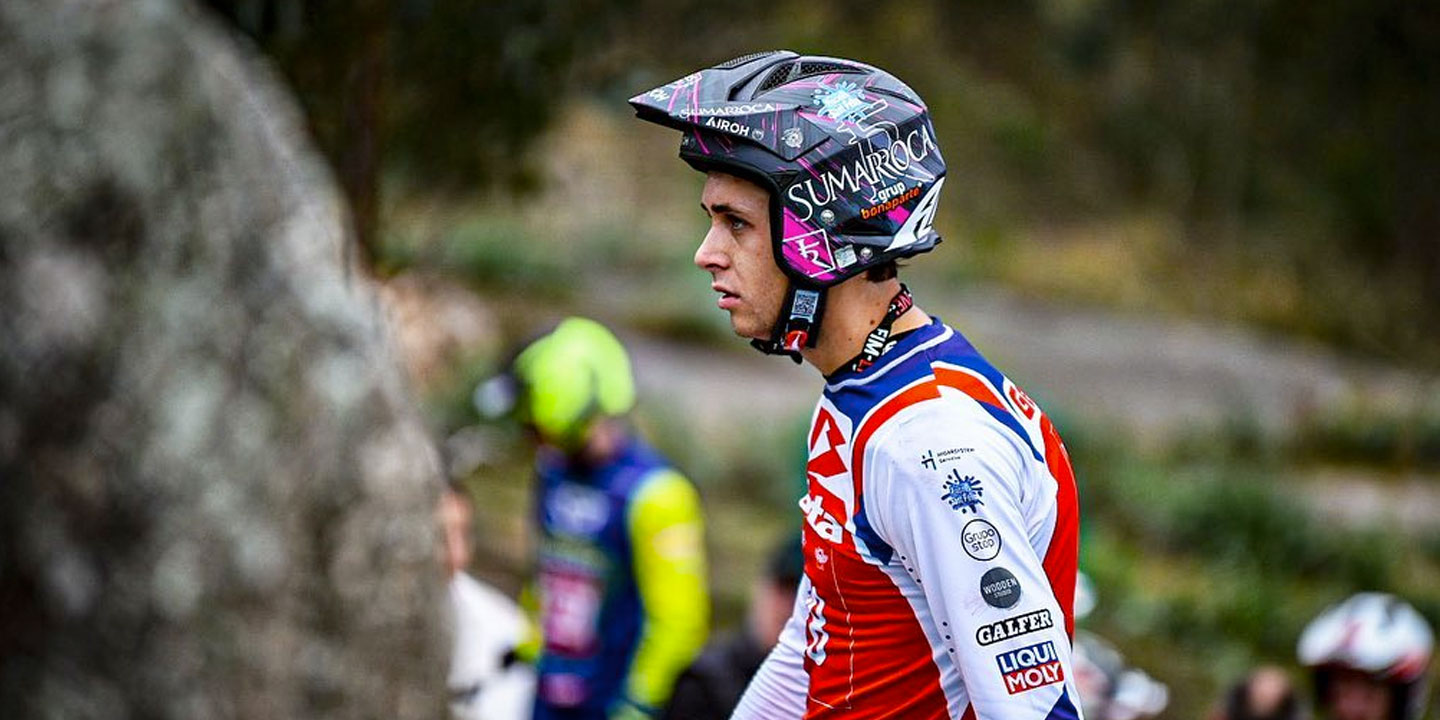Trial was born more than a hundred years ago in the British mountains as a game of skill and dexterity, but it would soon become a sport thanks to the mythical “Scottish Six Days Trial”. The popular SSDTs.
The natural evolution of a beautiful and passionate sport such as the Trial motorcycle has given us great moments, such as the Spanish boom of the seventies with brands such as Ossa, Montesa and Bultaco, or the arrival of great geniuses such as Tarrés, Lampkin, Raga or Bou himself.
WHAT IS TRIAL AND WHERE WAS IT BORN?
It is not possible to pinpoint exactly when it was invented, but we do know that the everlasting British moss witnessed that great feat. Trial was not born as a cause, but as a consequence of the bad roads that dominated Europe at the beginning of the 20th century. That’s when all those who owned a motorcycle were forced to overcome unforeseen obstacles to reach their destinations.
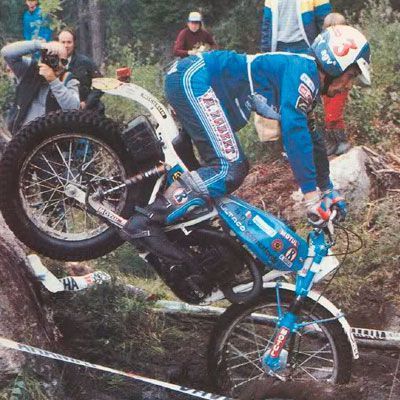
Those bikes were not even like the classic ones we now have in our minds, but real road bikes that little by little were undergoing modifications to better overcome these obstacles, such as more capable tires or longer travel damping.
The key year is 1909. Under a deep Scottish fog, a group of enthusiasts supported by the Edinburgh Motorcycle Club created the first “Scottish”, which at the time had a duration of five days and more than 1,500 kilometres of demanding route for all motor-powered vehicles. In 1911 the test was extended to the well-known six days.
It didn’t take long for the big British
trial brands
to bet heavily on its presence in the “Scottish”, as it was an excellent test bed and advertising support to justify the reliability of their models. Little by little, Trial is beginning to become professional; The regulations evolve and great riders begin to arrive, most of them from Motocross.
In the middle of the century, the great brands that have truly laid the true foundations of Trial are consolidated; bikes with which to this day they continue to compete even in the Two Days of Scotland (held on the two days prior to the big SSDT). We’re talking about bases like Norton, Ariel, BSA, AJS, Triumph or Royal Enfield. In France, for example, the Motobecane were prepared, and in Germany the DKW.
THE TRIAL BIKE REVOLUTION
At the beginning of the sixties we began to see
Trial models
, such as the BSA B40 or the
Triumph Tiger Cup 200
, but it was in 1964 when the great British rider Sammy Miller revolutionized the specialty and became a true legend. Miller signed for Bultaco, Don Paco Bultó’s brand, where his evolutions on the primitive Sherpa N resulted in a revolutionary version of Trial: the
Bultaco Sherpa T
.
A little later came
Mick Andrews and his Ossa M.A.R
, a bike that today is among the favorites of collectors and that chromatically has inspired the new Ossa TR 280i. Throughout this time, the English style, with a rigid body, with the wheels always rolling and looking for maximum traction, is emerging as the most effective to overcome obstacles cleanly without practically making use of the clutch.
Japan licked its lips at the great acceptance of the Trial, but it didn’t take long for them to realize that the profitability of these models was not what was expected due to the demand for relatively low volumes. It was in this context that the Suzuki Beamish 350 was born and Yamaha, which acquired the services of Mick Andrews, launched the efficient TY 250 with cantilever suspension.
The decade of the eighties was marked by the decline of the Spanish brands, which forced the closure of major brands such as Bultaco and Ossa, while Montesa maintained one more breath of air after being absorbed by Honda. Curiously, Bultaco managed to take the top three positions in the ’79 World Championship with the factory already closed. The eighties are marked by a great tandem: Eddy Lejeune and his Honda four-stroke.
The true revolution of modern Trial is marked by a shy young man from Trialsin, who goes by the name of Jordi Tarrés and is the first rider, along with Andreu Codina, to make changes with both wheels within an area to facilitate manoeuvres. Jordi made the difficult easy: he was able to ride a motorcycle almost as if it were his bicycle.
From that point on, the evolution of the Trial has been marked by the adaptation of the models to the aforementioned riding style, having to build lighter, faster and more spect-laden motorcycles aimed at simplifying the dimensions of the set as much as possible. Disc brakes, upside-down forks, aluminum chassis, increased headroom, hydraulic clutch, repositioning of footpegs, and liquid-cooled engines will eventually arrive.
The names that have accompanied Jordi Tarrés are none other than Marc Colomer, Dougie Lampkin, Takahisa Fujinami, Steve Colley, Adam Raga, Marc Freixa, Jeroni Fajardo, Graham Jarvis, Jordi Pascuet, David Cobos, Marcel Justribó, Albert Cabestany and, of course, the current Super World Champion: Toni Bou.
